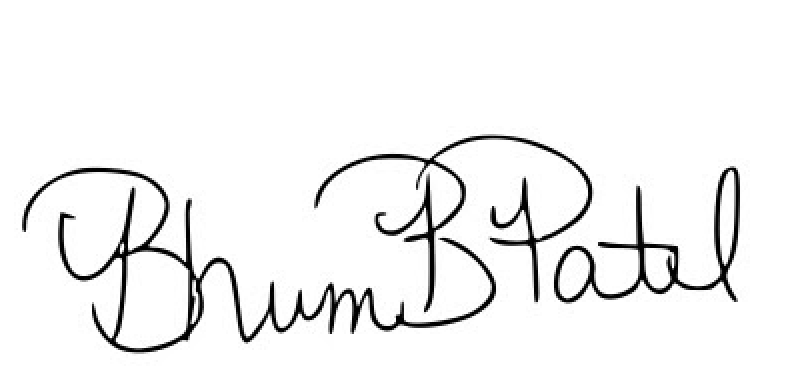
I offered this as a provocation for the writers in this issue and I am awestruck by the beauty, grace, humility, thoughtfulness, humor, and care with which each of these writers has approached this appeal. In Summer 2020, during those still-beginning days of the pandemic, I saw an uprising for social justice at a scale I hadn’t experienced in my lifetime. That’s not to say that fights for liberation aren’t ongoing and continuously evolving, just that I haven’t seen that many people mobilize, take to the streets, and demand change and justice before. Thinkpieces have suggested that people had time to be involved in protests and phone banks and letter writing because of the pandemic, but still, I was moved by the galvanized efforts of so many people to talk about race and liberation in the US.
As vaccinations became available in the US in 2021, more people began gathering. As social creatures, gathering was needed. But there was a feeling in my gut that I kept returning to over this last year. I wondered how many people had read White Fragility, how many had picked up My Grandmother’s Hands and read one chapter and put it down, how many organizations hired someone to “train” them on how to be anti-racist? How many choreographies were made about interrogating one’s privilege? How many artists, philanthropists, administrators, performers in our field grew tired of doing “the work”?
As I wondered where we were going, I kept asking myself: What now? Where now? Who now? Breonna Taylor’s name isn’t trending anymore and her murderers are free, so what are we doing?
I set out with the goal of bringing together BIPOC artists in an effort of coalitional community building. We are who we have. The brilliance of this group of writers shows me how brilliantly each of them is enacting the change they want to see in the world. One of my mentors talks about finding the shared genius in the room through collaboration and trust and the genius in this room gives me great hope for where our field, and the world we live in, can go.
I offered this provocation because we all hold so much power to create change in our communities and I know that we don’t need white artists continuing to make decisions for what BIPOC artists want and need while continuing to hold power. Here, we offer roadmaps, reflections, and vulnerable representations of our depths of desire. Words matter, and yet our words are not enough – I hope you feel invigorated to act, as I do. These writings invoke conversation with me, with each other, and with you, the readers who I hope will ask yourself the question too: If not me, who? If not now, when?
With love and gratitude,

This article appeared in the Winter 2022 issue of In Dance.


